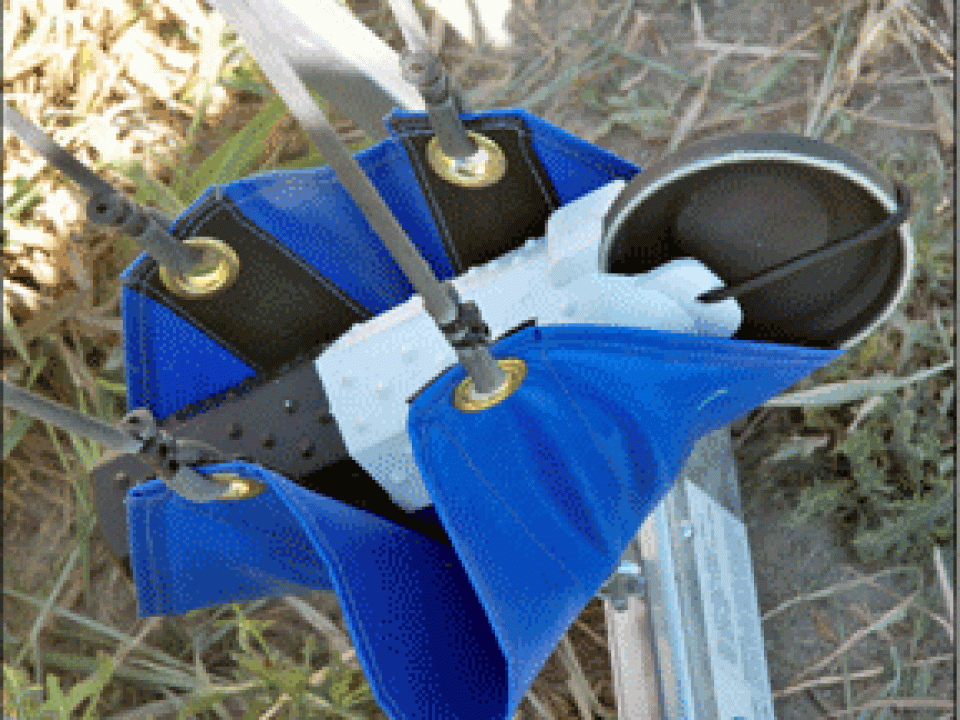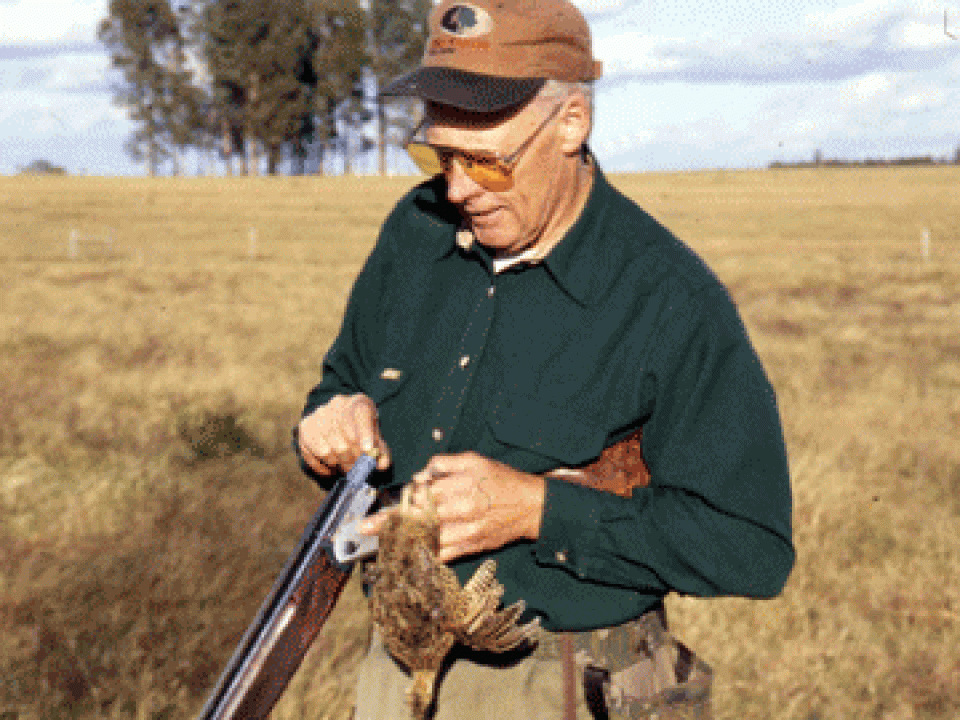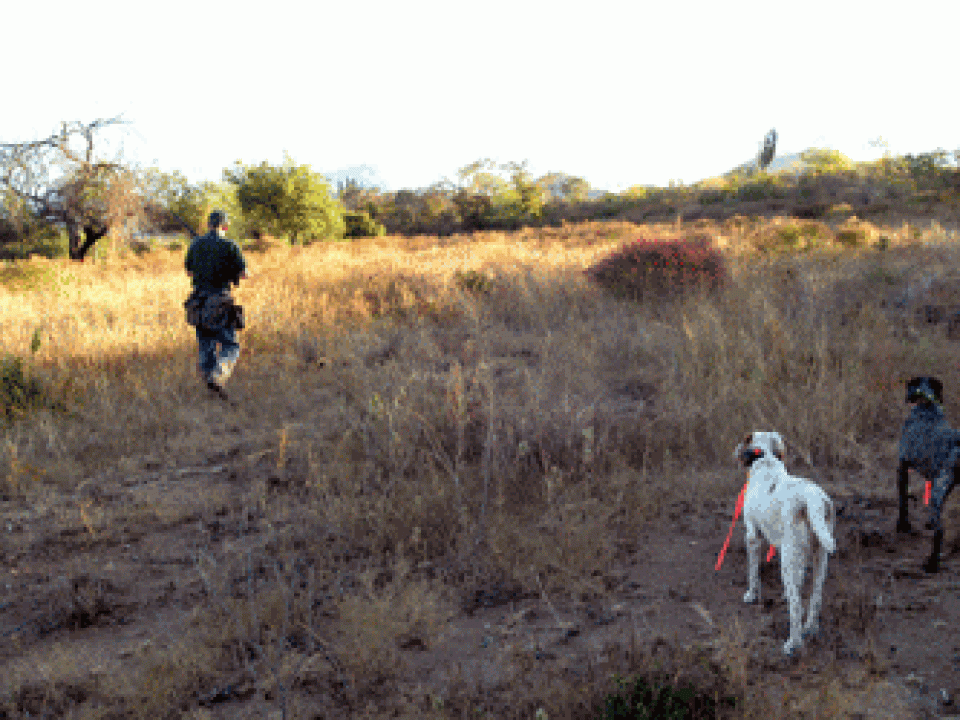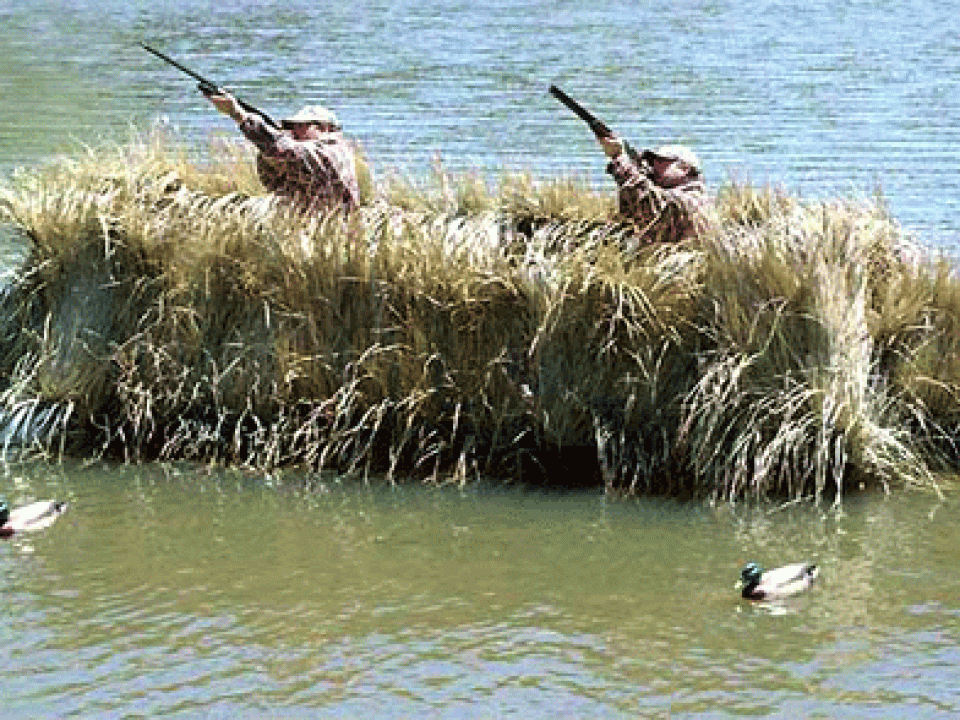Duck in Mexico
duck
Dark (Duck) Thoughts
I have a friend who is a contractor, who likes to hunt black ducks. He handles his downed birds with as much grace as a piece of scrap lumber. Not that he doesn’t appreciate his birds, he does, and he is a simple, but effective cook. But as much as I enjoy gunning with him, he and I are two different animals, if you will.
I hold my birds in utter awe – no, I don’t mean that – I watch in utter awe, when any bird I have shot at falls from the sky. After making a retrieve that would fill most dogs with envy, I sit in my blind holding the duck like a rare jewel, stroking its feathers, and turning it over and over in my hands. I have taken something from the skies of New England; a duck that has flown thousands of miles and will now be stuffed with sauerkraut, wrapped in bacon and roasted in my oven at 350 for 1 hr, 45 minutes. It is a miraculous moment and I bow and give thanks to the Maker.
I use to think black ducks never came into my spread because they did not like the way my decoys looked. Now, years later, I know better. I have watched pair after pair of wary black ducks fly over a flock of six-hundred real black ducks swimming, feeding, preening and quacking their heads off, only to land two-hundred yards away in a ditch. I can sympathize with the giant flock because I know just how they feel. Hurt, rejected, and frustrated for starters. You can throw in confusion and utter despair but keep that to yourself. Duck hunters don’t have to share everything…
The season long over, I have but one black duck left in my freezer along with lots of “road-kill” venison. That’s another story that I can’t get into now. Right now, I am dreaming of a black duck that pulled away from a big flock flying across the marsh. He has seen my three LL Bean cork decoys bobbing in the breeze and my hand-carved African zebra-wood call is to my lips. I utter the hail call, feeding chatter and then three quiet hen quacks… He swings down wind and then turns into the breeze, fighting his way to my decoys with all the speed of a sparrow in a tremendous gale. Suddenly, he is there – hovering at twenty yards over my blocks! I rise, mount, and fire my gun three times. My duck wheels, climbs into orbit, and disappears over the horizon, passing a flock of migrating starlings on his way, at warp speed. But like I said to the eight-point buck that walked past my stand unscathed this season, just wait until next year, my friend. Just wait until next year…
Capt. David Bitters is a writer/photographer and a striped bass/sea duck hunting guide from Massachusetts. His photos and essays have appeared in over one-hundred magazines. Capt. Bitters is currently finishing his first book, A Sportsman’s Fireside Reader – Tales of Hunting, Fishing, and Other Outdoor Pleasures. Contact him at captdaveb@baymenoutfitters.com or (781) 934-2838. You can also write him at P.O. Box 366 Duxbury, MA 0233.
Thoughts On Waterfowl
One day last season, another hunter and myself put up a flock of seven-hundred black duck as we cut across the bay. That’s one continuous flock, all at once, of seven-hundred birds. Earlier, that morning, we put up another flock of two-hundred black duck. This has been the norm for many years where we gun on the Massachusetts coast.
According to the USFW, DU, and DW, the black duck is in decline. But from what I have seen in the past five years, you would never know it. The biologists tell us this is because the black ducks have shifted their range and we’re just seeing more ducks because they’re more concentrated. I remain skeptical. From my observations, I would say the black duck is thriving on the Massachusetts coast.
It bothers me to no end that our Canadian brothers can shoot four black ducks per day, but as soon as those same ducks enter the United States, we can only shoot one black duck per day. Why not get together with our Canadian brothers and level the playing field? Two black ducks per day, no matter where you gun. Of course, if you’re a Canadian, that would mean your daily bag limit of black duck would be reduced by fifty percent. Turn the tables and see how Americans would react if another country imposed such a restriction on us. What would Americans say then?
Eider duck numbers, everyone agrees, are way down. Maine to Massachusetts, we have all seen a huge reduction in birds in the past three years. Prior to 2003, we were seeing 2,000-5,000 flight birds per morning on the Massachusetts coast. Didn’t matter where you were gunning, the birds were thicker than flies. Three years later, we count ourselves lucky indeed, if we see 200-300 birds per morning!
The USFW and Tufts University are two organizations trying to figure it all out. I’m sure others are involved as well, but they need to toot their horn a little more and let us know what they are doing. I’d love to read full-length articles in magazines such as Ducks Unlimited, Delta Waterfowl, Outdoor Life, Massachusetts Wildlife, among many others, telling us about the problem and what biologists are finding out. On Cape Cod, thousands of eiders were found washed up on the shores in the summer and fall of 2007. Why? What can Sportsmen do to help?
Whatever happened to the media frenzy about Avian bird flu? “It’s definitely coming,” “get ready,” “huge death toll in American population possible,” were just a few of the threats. Warnings to waterfowlers were posted in all the hunting magazines. “Wear rubber gloves,” “wear surgical masks.” Cook your duck meat to a charred crisp!!! Forgive me, but I have to rank the Avian Bird Flu epidemic in America right up there with Global Warming and Darwinism. You don’t still believe in the big bang theory and that the human race came from monkeys, do you?
Capt. David Bitters is a writer/photographer and a striped bass/sea duck hunting guide from Massachusetts. His photos and essays have appeared in over one-hundred magazines. Capt. Bitters is currently finishing his first book, A Sportsman’s Fireside Reader – Tales of Hunting, Fishing, and Other Outdoor Pleasures. Contact him at captdaveb@baymenoutfitters.com or (781) 934-2838. You can also write him at P.O. Box 366 Duxbury, MA 02331
The National Duck Dog Challenge Takes Flight
Since this is my first column for Shotgun Life, a bit of background is probably appropriate. I was raised in New England and have been involved in the outdoor sports since a young man. At one time I wrote a weekly column for a newspaper about hunting and fishing. In recent years I have been in the shooting sports industry as an industry professional managing a company that manufactured sporting goods and imported shotguns from Italy. I just recently decided to return to my first love of photojournalism.
The 3 ½ Inch Magnum
I’ve been shooting waterfowl now, for over thirty years and have arrived at a few of my own conclusions. One of them being that the 3 ½ inch magnum waterfowl load is a completely unnecessary American obsession.
The 3 ½ inch load punishes my shoulder, makes me flinch, causes my Browning Gold to jam, and does nothing that I cannot do with a standard 3 inch shell. Gene Hill said something to the effect that, if you can’t reach what you are aiming for, find a way to get a little closer. I assure you, he was not suggesting the 3 ½ inch magnum as the answer!
I dare say, in the not too distant future, we may happily see ammunition manufacturers touting the “new” 2 ¾ inch waterfowl load that “does everything the three-inch shell can do…and more.” I for one, certainly hope so. If we can land a spaceship on Mars, why can’t we make a non-toxic waterfowl load in 2 ¾ inch that “knocks ’em dead” at fifty yards?
Now I will shock you by telling you I will not buy a waterfowl gun that is chambered to take anything less than 3 ½ inch magnum loads. I will not shoot 3 ½ inch loads of any kind, but I want a duck gun (and I think you should, too) that’s made to handle the 3 ½ inch loads. Here’s why.
I have been in duck blinds, duck boats, lay out boats, salt marsh ditches and a few other enjoyable places where three different gunners, all side by side, are shooting shotguns with three different length chambers. Ammunition is often freely shared and more than once, I have seen a 3 ½ inch chambered gunner hand one of his roman candles to a 3 inch chambered gunner – or worse! I tremble to say I have also sat beside a 3 inch chambered gunner and seen him load 3 ½ inch shells into his gun – and fire! I grabbed the next one out of his hand and asked him to read to me the engraved chamber length on his receiver. In all sincerity and innocence he said to me, “what’s the receiver…?”
Until common sense and proper gun safety are back in vogue, my vote goes to the 3 ½ inch magnum duck gun, loaded with 3 inch waterfowl loads. And as soon as the ammo manufacturers roll out the new 2 ¾ inch non-toxic waterfowl loads, that can and do everything a 3 inch waterfowl load does, we will dine on roast mallard, teal and black duck with grace. Maybe even some geese. And yes, I will even let you give me the ol’ sporting, college punch, right in the shoulder.
Capt. David Bitters is a writer/photographer and a striped bass/sea duck hunting guide from Massachusetts. His photos and essays have appeared in over one-hundred magazines. Capt. Bitters is currently finishing his first book, A Sportsman’s Fireside Reader – Tales of Hunting, Fishing, and Other Outdoor Pleasures. Contact him at captdaveb@baymenoutfitters.com or (781) 934-2838. You can also write him at P.O. Box 366 Duxbury, MA 02331
Wingshooting In Uruguay With Eduardo Gonzales
Although my first shooting trip to South America took place in 1972 I didn’t get to shoot in Uruguay until 1997. In retrospect I hate that I missed shooting in that country and enjoying those wonderful people for so many decades. This had been a winter trip, so the duck and partridge seasons were in full swing. Of course, it was summer back here in the USA.
March
As I sit here at my desk, a heavy blanket of snow is falling outside my window. It is the month of March and the first day of spring is not far behind…
March is a kind of “down time” of year for me, a time of putting things away. The hunting season is long over and the fishing season is still a ways off. The decoys – it is so hard to put them away for another year… But reluctantly, I take them one by one to their resting places in the basement. The plastic ones, anyway. The woods and the corks stay up in my office where I can keep an eye on them. The best decoy of the bunch gets to ride around in my car to keep me company for another year. I like to keep a decoy on the dash to look at and my kids get to play with it when they ride along. Decoys are both toys and art. They hold the keys to some of life’s greatest lessons.
The guns have been cleaned and oiled and put back in the rack. A few weeks pass, and I take them out again – for the third time – to check and make sure they are all cleaned and oiled, even though I know they all are. It feels good to throw one to the shoulder and swing through on an imaginary grouse or woodcock or duck. As I sit by the evening fire, it’s a hard thing to be content looking at them through the glass. But it’s time…
The gunning coats and vests are hung up in the “gunning closet”, their pockets not quite sure if they’re ready to be empty for another season. A few shells here, a couple duck calls there. A rusty pocket knife or two. A pair of old gloves and a favorite hat. Way far too many candy bar wrappers… The gunning coats still smell of autumn, as they always do, and as I put them away I am reminded of dogs past, gone but not forgotten. I stand at the closet entrance one last time and close my eyes, letting the smells of October and November and December fill my senses. A hundred thoughts flash through my mind like so many flickers of crimson and gold and burnt orange. Maybe its time for a new dog… How can my children grow up so fast… How does one balance the passions of job, family, and a life outdoors… No answers come as I close the door and turn the key. It’s finally over for another season and a tough time I have.
Capt. David Bitters is a writer/photographer and a striped bass/sea duck hunting guide from Massachusetts. His photos and essays have appeared in over one-hundred magazines. Capt. Bitters is currently finishing his first book, A Sportsman’s Fireside Reader – Tales of Hunting, Fishing, and Other Outdoor Pleasures. Contact him at captdaveb@baymenoutfitters.com or at (781) 934-2838. You can also write him at P.O. Box 366 Duxbury, MA 02331. Please visit his web site at http://www.baymenoutfitters.com
Birding with Balderrama or Hot-Barrel Hunting in Mexico
I had never thought of Mexico as a bird-hunting destination, but spending a week there has really changed my perspective. Some of the most exciting and fun hunting I’ve experienced recently can be had out of Los Moiches, Mexico where a variety of bird hunting is available along with excellent fishing and train touring as well.
Waterfowl Gear and Game Calls
Shotgun Life Newsletters
Join an elite group of readers who receive their FREE e-letter every week from Shotgun Life. These readers gain a competitive advantage from the valuable advice delivered directly to their inbox. You'll discover ways to improve your shooting, learn about the best new products and how to easily maintain your shotgun so it's always reliable. If you strive to be a better shooter, then our FREE e-letters are for you.
About Shotgun Life
Shotgun Life is the first online magazine devoted to the great people who participate in the shotgun sports.
Our goal is to provide you with the best coverage in wing and clays shooting. That includes places to shoot, ways to improve your shooting and the latest new products. Everything you need to know about the shotgun sports is a mouse-click away.
Contact
Irwin Greenstein
Publisher
Shotgun Life
PO Box 6423
Thomasville, GA 31758
Phone: 229-236-1632





